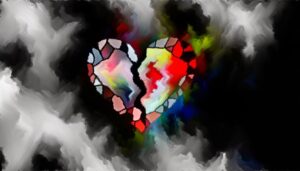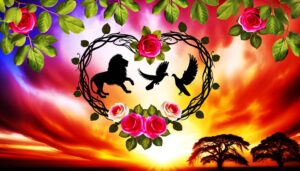How to Draw and Understand the Symbol of the Circle of Life
Symbols for the Circle of Life are rich in cultural significance, illustrating fundamental beliefs in cyclical existence. The Ouroboros, from ancient Egyptian origins and later embraced by Greek and Norse myths, signifies perpetual renewal.
The Endless Knot in Hinduism and Buddhism represents eternal continuity and interconnectedness. The Unbroken Circle, central in Native American rituals and Hindu mandalas, denotes eternal wholeness.
The Tree of Life, a cross-cultural emblem, illustrates the connection between life, death, and rebirth. Finally, the Flower of Life and the Celtic Knot highlight unity and the infinite cycle.
Explore further to uncover the profound impact these symbols have on societal narratives.
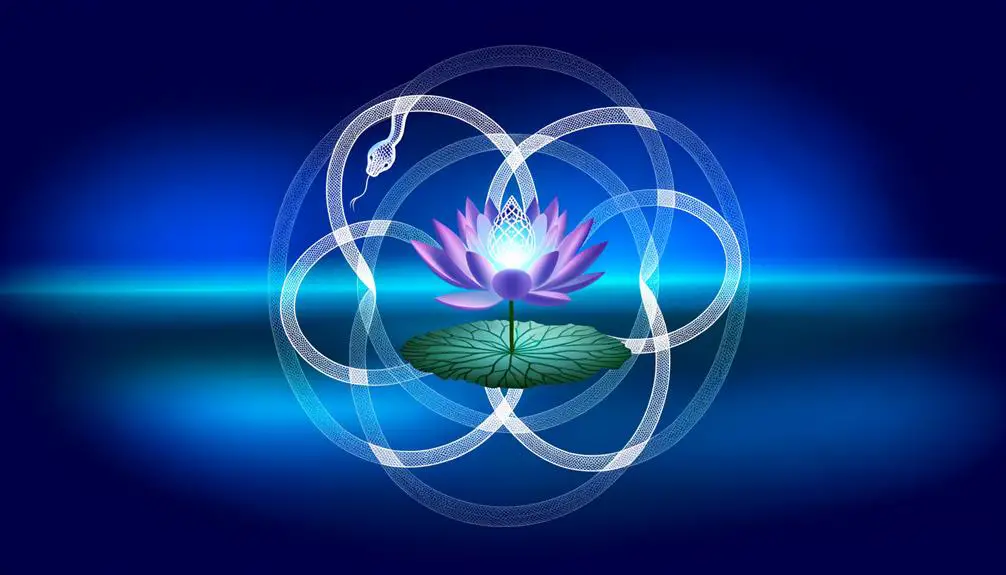
Key Takeaways
- The Ouroboros symbolizes the cyclical nature of life, death, and rebirth.
- The Endless Knot represents eternal continuity and interconnectedness.
- The Unbroken Circle embodies eternal wholeness and unity.
- The Tree of Life signifies connection and harmony across various cultures.
- Yin and Yang illustrate balance and the interconnectedness of opposing forces.
Ouroboros

Originating from ancient Egyptian iconography and later adopted by Greek and Norse mythology, the Ouroboros—a serpent or dragon consuming its own tail—symbolizes the cyclical nature of life, death, and rebirth, profoundly influencing various cultural and philosophical paradigms.
This symbol first appeared in the 'Enigmatic Book of the Netherworld,' reflecting ancient Egyptians' beliefs in perpetual renewal. Greek alchemists embraced the Ouroboros to signify the unity of all things, both material and spiritual, never truly destroyed but continuously reformed.
Norse mythology further enriched its symbolism through Jörmungandr, the World Serpent. Ethnographically, the Ouroboros underscores humanity's universal quest to understand existence, representing an enduring motif in art, literature, and religious practices that emphasize life's interconnected and endless cycles.
Endless Knot
Continuing the exploration of symbols embodying life's cyclical nature, the Endless Knot emerges as a significant motif in various cultural and religious contexts, representing the interwoven and infinite aspects of existence. This symbol, prevalent in Hinduism, Buddhism, and Celtic traditions, encapsulates the concept of eternal continuity and interconnectedness.
Ethnographically, the Endless Knot features prominently in sacred art, textiles, and architecture, often symbolizing the unity of wisdom and compassion.
Key representations include:
- Buddhism: Symbolizes Samsara, the cycle of birth, life, death, and rebirth.
- Hinduism: Represents the interconnectedness of life and the cyclical nature of karma.
- Celtic culture: Embodies the eternal, spiritual journey and the interdependence of all existence.
Its societal impact underscores a universal quest for understanding life's intricate web.
Unbroken Circle
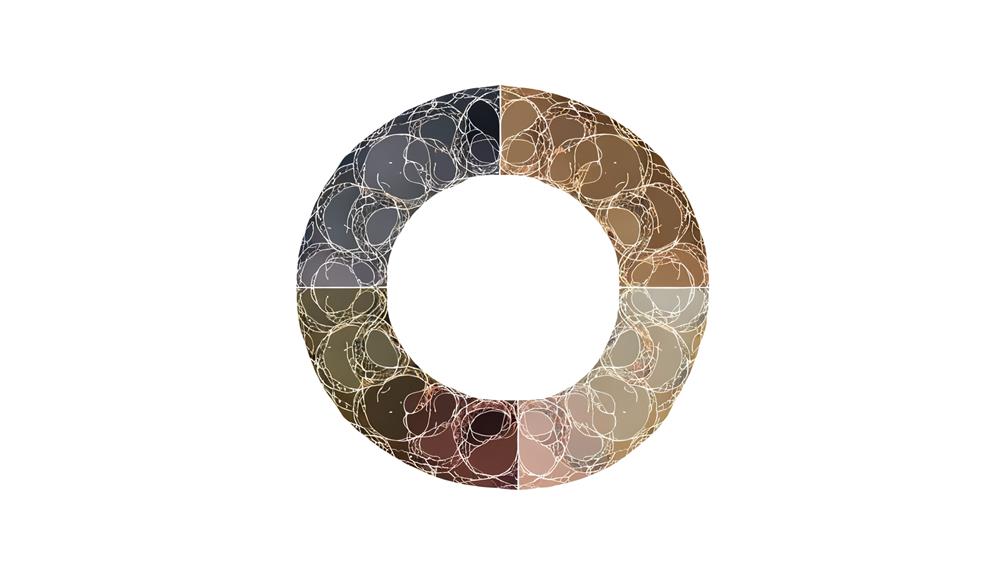
In numerous cultures, the unbroken circle stands as a powerful emblem of eternal wholeness and cyclical continuity, reflecting the interconnectedness of life, death, and rebirth.
Ethnographic studies reveal that this symbol permeates rituals, art, and communal practices, reinforcing the notion of an unending cycle that shapes societal values and collective identity.
The enduring presence of the unbroken circle underscores its profound impact on cultural narratives and philosophical beliefs across generations.
Eternal Wholeness
The concept of eternal wholeness, often symbolized by the unbroken circle, profoundly resonates within various cultures, reflecting a universal understanding of life, continuity, and interconnectedness. This emblematic form is rich in ethnographic detail, signifying more than just a geometric shape. Its implications are vast:
Cultural Context: In Native American traditions, the circle is central to ceremonies, representing unity and the sacred cycle of life.
Ethnographic Detail: In Hinduism, the circle is embodied in the mandala, a spiritual symbol representing the universe and the self.
Societal Impact: The unbroken circle in marriage rings signifies enduring commitment, transcending individual cultures to symbolize eternal love globally.
Each instance underscores the circle's role in illustrating an all-encompassing, eternal wholeness.
Cyclical Continuity
Embracing the concept of cyclical continuity, the unbroken circle serves as a powerful symbol of perpetual renewal and the enduring nature of life's interconnected phases.
Across various cultures, this symbol is revered for encapsulating the essence of life's cyclical patterns—from the changing seasons to the cycle of birth, death, and rebirth.
In Native American traditions, the Medicine Wheel embodies this principle, representing harmony and the cyclical nature of existence.
In Eastern philosophies, such as Buddhism, the circle signifies samsara, the continuous cycle of life, death, and rebirth.
This universal motif highlights the interdependence of all stages of life, fostering a societal understanding of continuity, resilience, and the holistic nature of existence.
The unbroken circle consequently remains a timeless emblem of life's intrinsic unity.
Mandala
The Mandala, an ancient spiritual symbol found in various cultures, especially in Hinduism and Buddhism, represents the universe and serves as a tool for meditation and mindfulness. Its intricate patterns and concentric designs facilitate a journey inward, promoting artistic expression and emotional healing.
In contemporary society, the Mandala's therapeutic applications extend to psychology and art therapy, highlighting its enduring impact on human well-being.
Ancient Spiritual Symbolism
Mandala's intricate geometric patterns serve as a profound reflection of ancient spiritual symbolism, embodying the universe's cyclical nature and humanity's quest for inner peace. Rooted in the cultural traditions of Hinduism and Buddhism, mandalas have been utilized for centuries to represent the cosmos and the inner workings of the human mind. Their symmetrical designs offer a visual metaphor for the balance and harmony sought in spiritual practices.
Ethnographic studies reveal:
- Cosmic Diagram: Mandalas serve as a microcosm of the universe, illustrating the interconnectedness of all life.
- Ritual Use: They are integral to sacred rituals, symbolizing the impermanence of life.
- Cultural Identity: Mandalas reinforce cultural heritage, fostering a collective identity within societies that value spiritual growth.
These facets underscore their enduring societal impact.
Meditation and Mindfulness Tool
In modern spiritual practices, mandalas have emerged as powerful tools for meditation and mindfulness, offering individuals a structured approach to achieving mental clarity and emotional balance. Rooted in ancient Hindu and Buddhist traditions, these intricate circular designs are believed to represent the universe and our connection to it.
Participants engage with mandalas through focused contemplation, often tracing or coloring the patterns, which fosters a deep sense of inner peace and alignment. Ethnographic studies reveal that this practice transcends cultural boundaries, resonating with diverse communities worldwide.
As a societal tool, mandalas promote mental well-being, encouraging a reflective mindset that mitigates stress and enhances emotional resilience. Their universal symbolism underscores a collective human pursuit of harmony and enlightenment.
Artistic Expression and Healing
As a nexus of creativity and therapeutic practice, mandalas serve as a profound medium for artistic expression and emotional healing. Rooted in ancient cultural traditions, mandalas are intricate patterns that symbolize the universe, offering a canvas for self-reflection and inner peace.
They are utilized across various societies for their restorative properties, especially in Tibetan Buddhism and Native American rituals.
Key aspects of mandalas in artistic and healing contexts include:
- Cultural Context: Mandalas represent spiritual wholeness in diverse traditions, fostering a connection between the individual and the cosmos.
- Ethnographic Detail: The creation process often involves meditative techniques, reflecting cultural rituals that promote mental clarity.
- Societal Impact: Mandalas are increasingly integrated into modern therapeutic practices, aiding in stress reduction and emotional balance through mindful coloring and creation.
Tree of Life
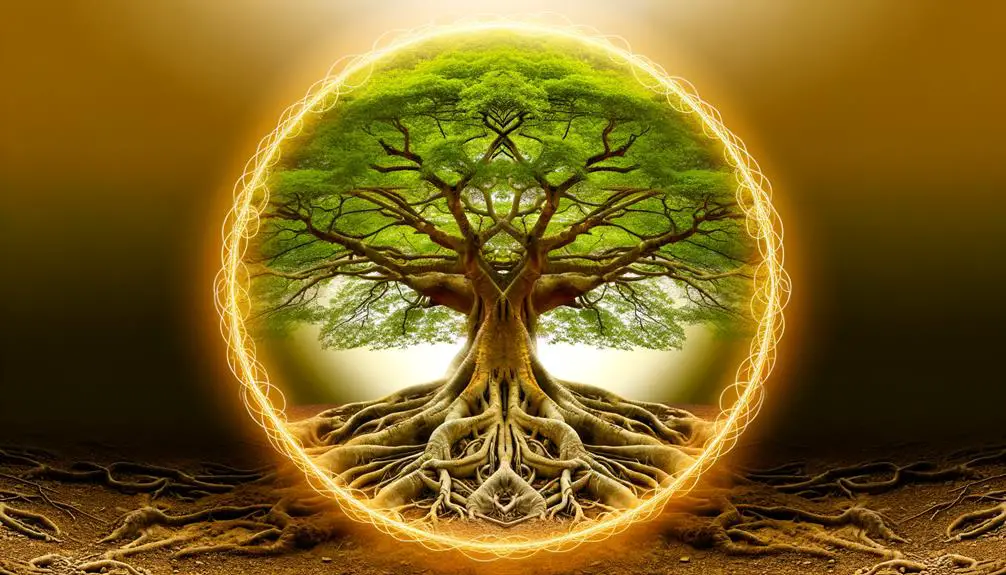
The Tree of Life, a profound symbol present in various cultures, represents interconnectedness and the cyclical nature of existence, weaving through mythologies, religious beliefs, and philosophical traditions. Its roots and branches epitomize the union of earth and sky, symbolizing growth, strength, and renewal. This emblem is seen in:
| Culture | Interpretation |
|---|---|
| Norse | Yggdrasil, the world tree |
| Celtic | Eternal life and harmony |
| Egyptian | Connection between life and death |
| Jewish Kabbalah | The Sephirot, divine emanations |
| Indigenous Tribes | Ancestral heritage and unity |
Across these cultures, the Tree of Life encapsulates humanity's shared roots, fostering a collective consciousness that transcends individual existence, resonating deeply within societal values and spiritual beliefs.
Flower of Life
A symbol of sacred geometry, the Flower of Life embodies the fundamental forms of space and time, reflecting the universal patterns of creation and existence. This symbol, found in ancient cultures worldwide, is revered for its intricate design and profound meanings. Ethnographically, it links diverse societies through a shared appreciation for geometric perfection.
- Cultural Significance: In Egypt, it is found in the Temple of Osiris, representing the interconnectedness of life.
- Artistic Influence: Renaissance artists used it to explore symmetry and balance, influencing Western art.
- Spiritual Resonance: Modern spiritual movements adopt it for meditation and healing, emphasizing unity and harmony.
The Flower of Life continues to impact societal perspectives on interconnectedness and the cyclical nature of existence.
Yin and Yang
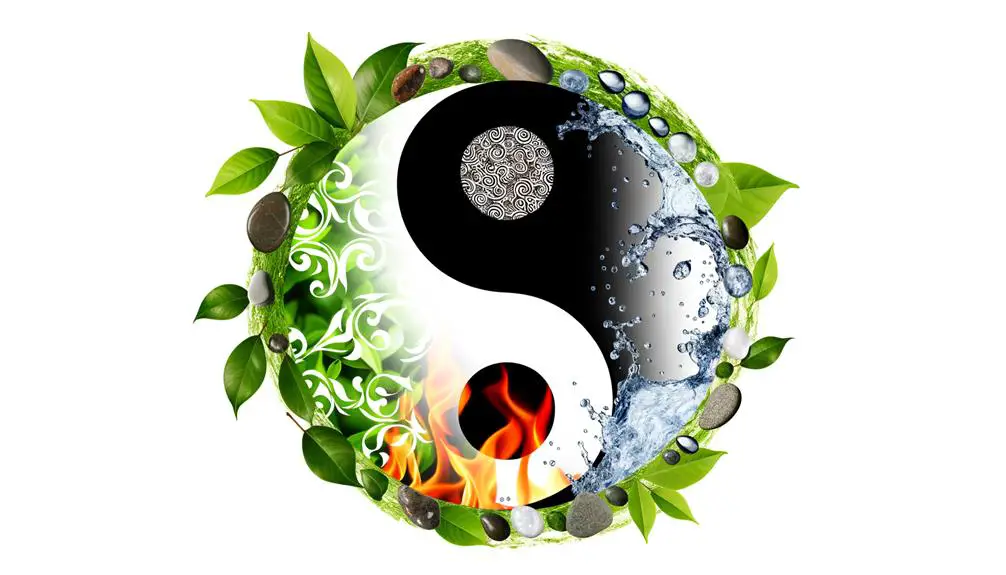
While the Flower of Life symbolizes geometric perfection and interconnectedness, Yin and Yang encapsulate the dualistic nature of existence, representing the balance between opposing forces in Chinese philosophy.
Rooted in ancient Taoist beliefs, Yin and Yang illustrate how seemingly contradictory elements—such as light and dark, male and female, or active and passive—are interconnected and interdependent. This emblem demonstrates that harmony arises from the equilibrium of these forces, influencing various aspects of Chinese culture, including medicine, martial arts, and cosmology.
The societal impact of Yin and Yang extends beyond China, offering a universal lens through which to understand the complexities of life, fostering a holistic worldview that appreciates balance and unity in diversity.
Celtic Knot
Intricate and enduring, the Celtic Knot serves as a powerful symbol of eternity and interconnectedness within Celtic culture, reflecting the complex interplay of heritage, spirituality, and societal values. These elaborate designs, often woven into stone carvings, manuscripts, and jewelry, encapsulate the infinite cycle of life, death, and rebirth. The knot's unbroken lines exemplify the seamless continuity of existence, emphasizing unity and the collective human experience.
Key aspects of the Celtic Knot include:
- Symbolism: Represents the eternal nature of the human spirit and life's interconnectedness.
- Historical Significance: Found in ancient Celtic artifacts, highlighting its role in cultural preservation.
- Spiritual Meaning: Used in religious contexts to signify the bond between the physical and spiritual worlds.
This symbolism continues to resonate today, reflecting timeless cultural values.
Conclusion
The symbols representing the circle of life, including the Ouroboros, Endless Knot, Unbroken Circle, Mandala, Tree of Life, Flower of Life, Yin and Yang, and Celtic Knot, serve as profound cultural artifacts. These symbols encapsulate the cyclical nature of existence, illustrating interconnectedness and continuity across different societies.
By studying these motifs, one gains insight into how various cultures conceptualize life's perpetual cycle, revealing a shared human understanding of existence that transcends geographical and temporal boundaries.


